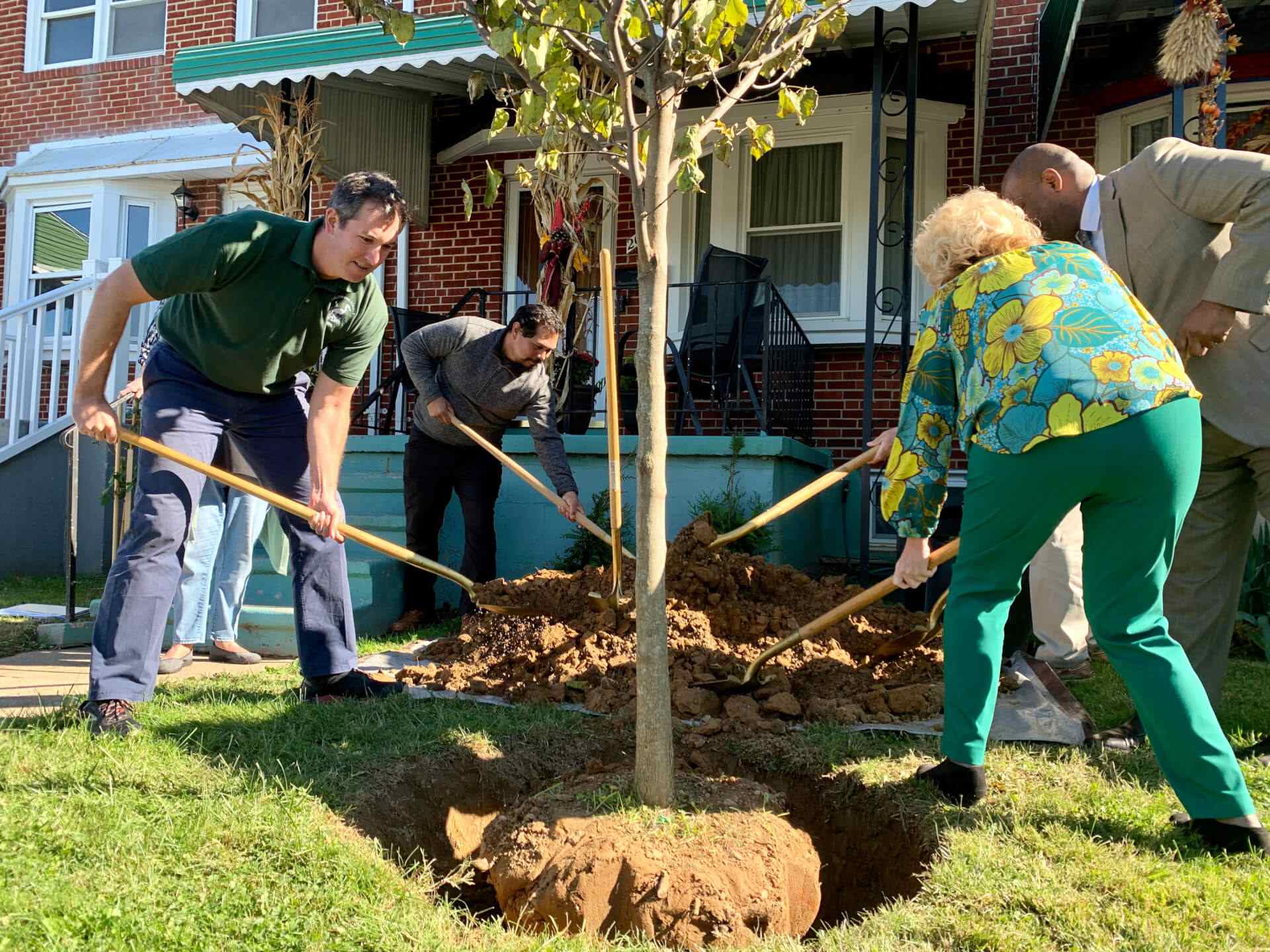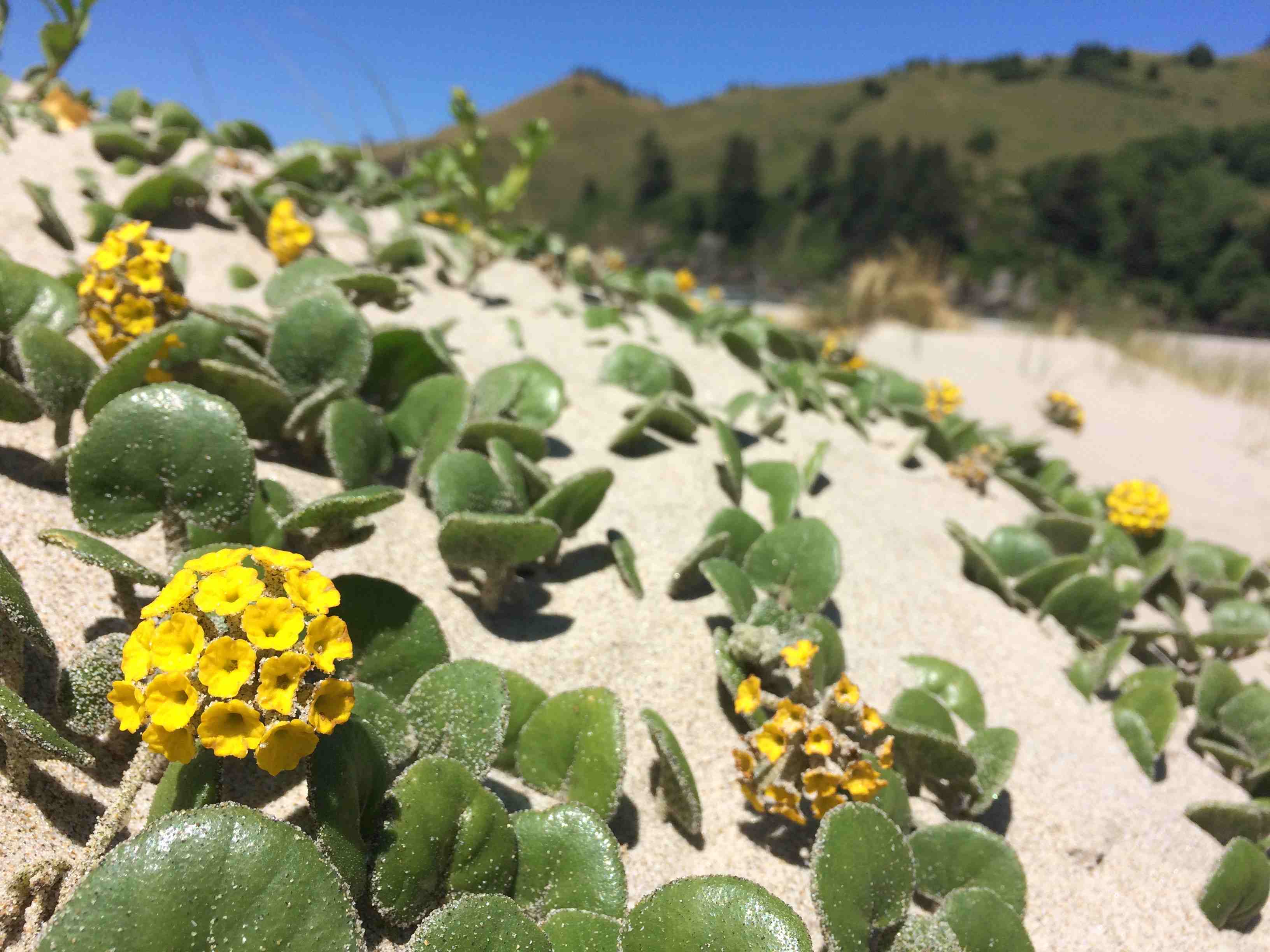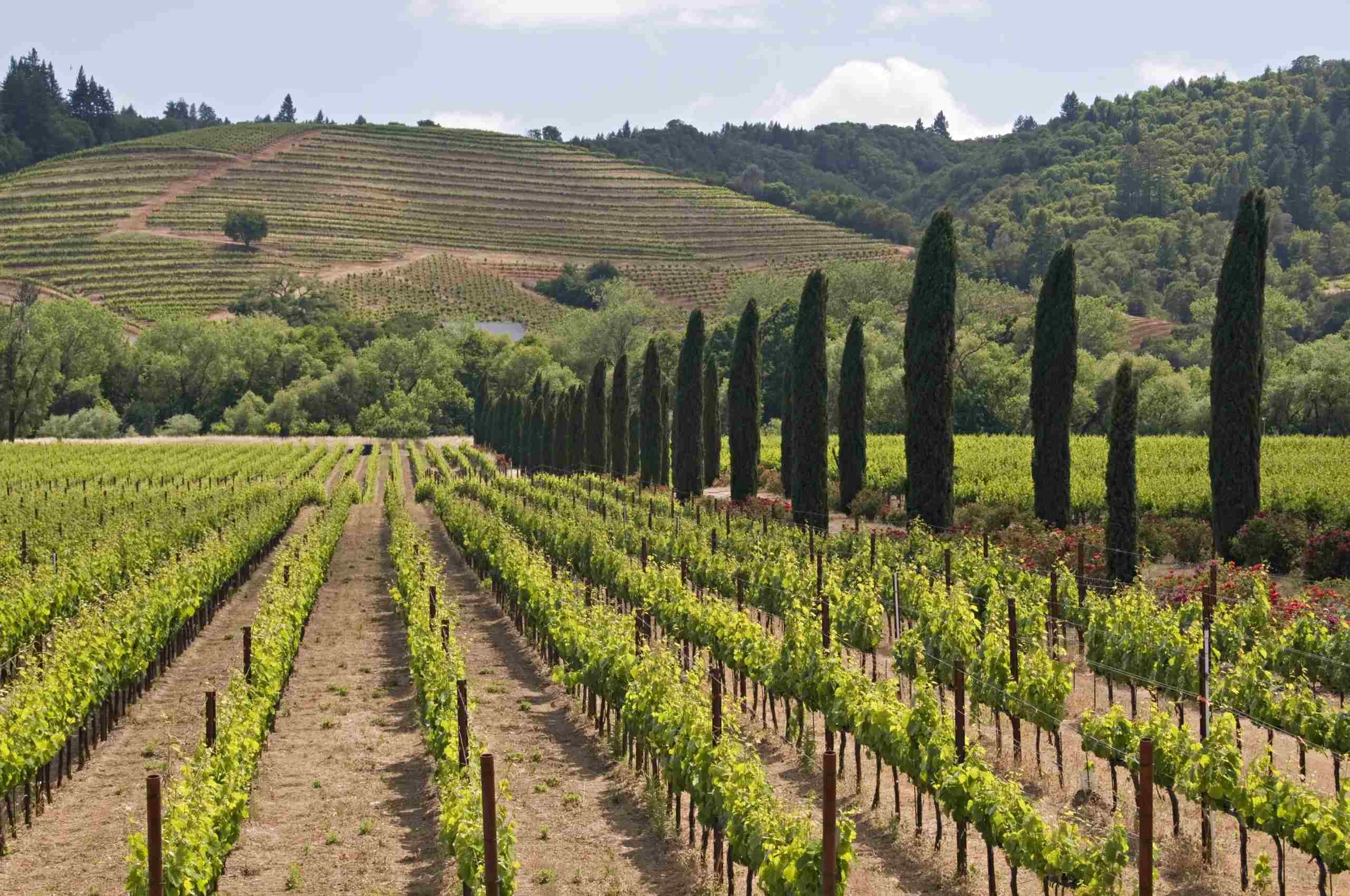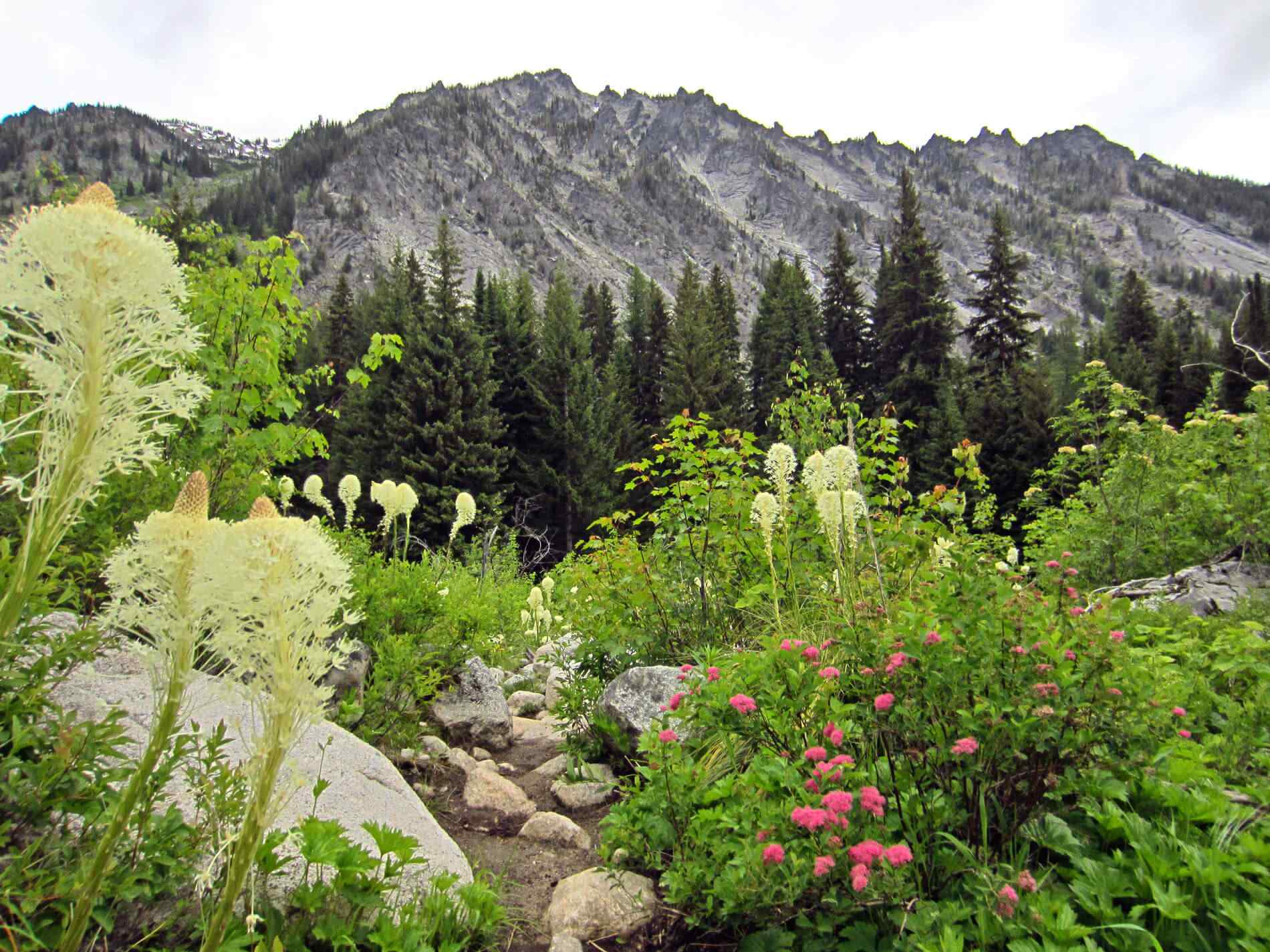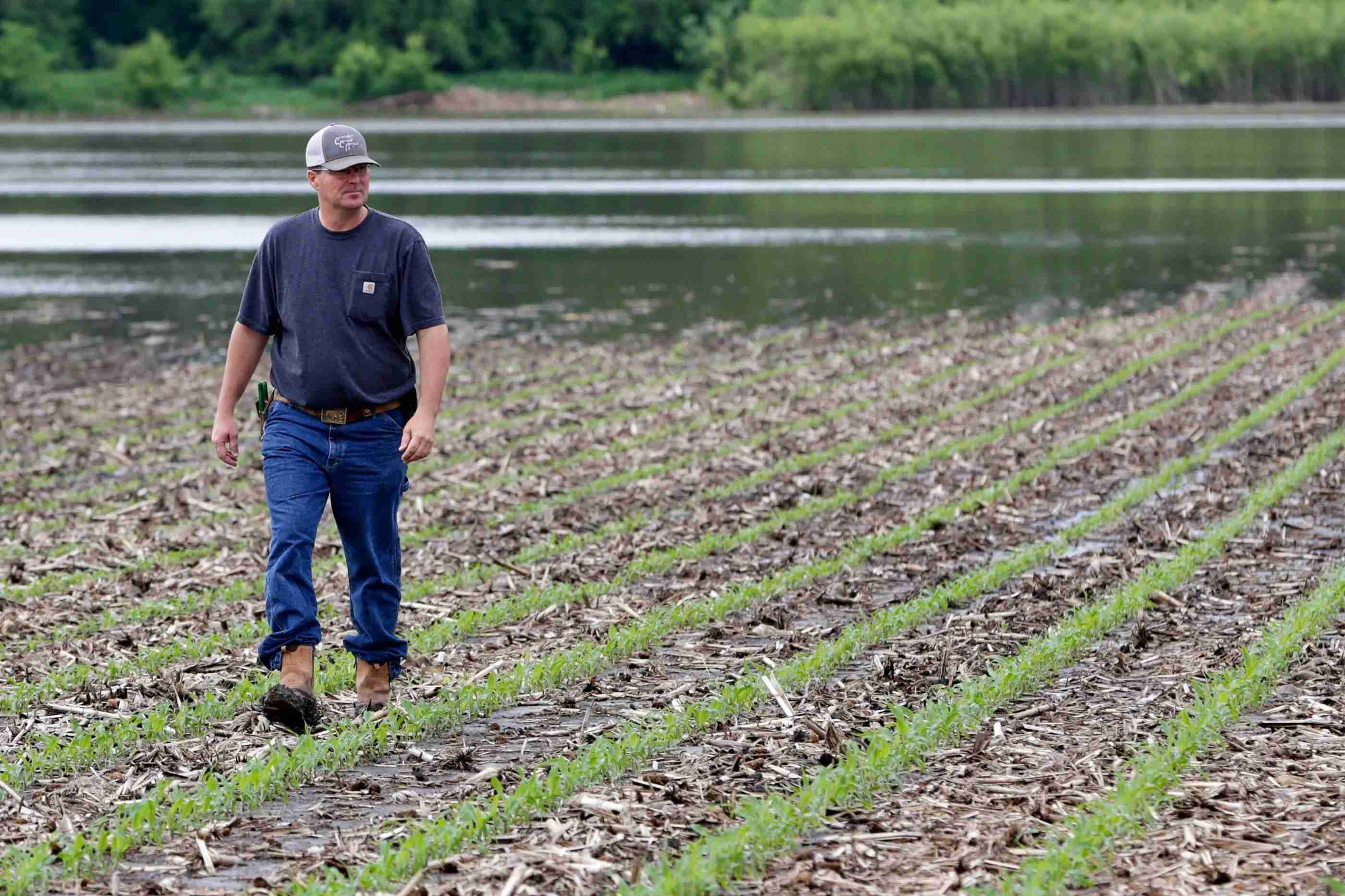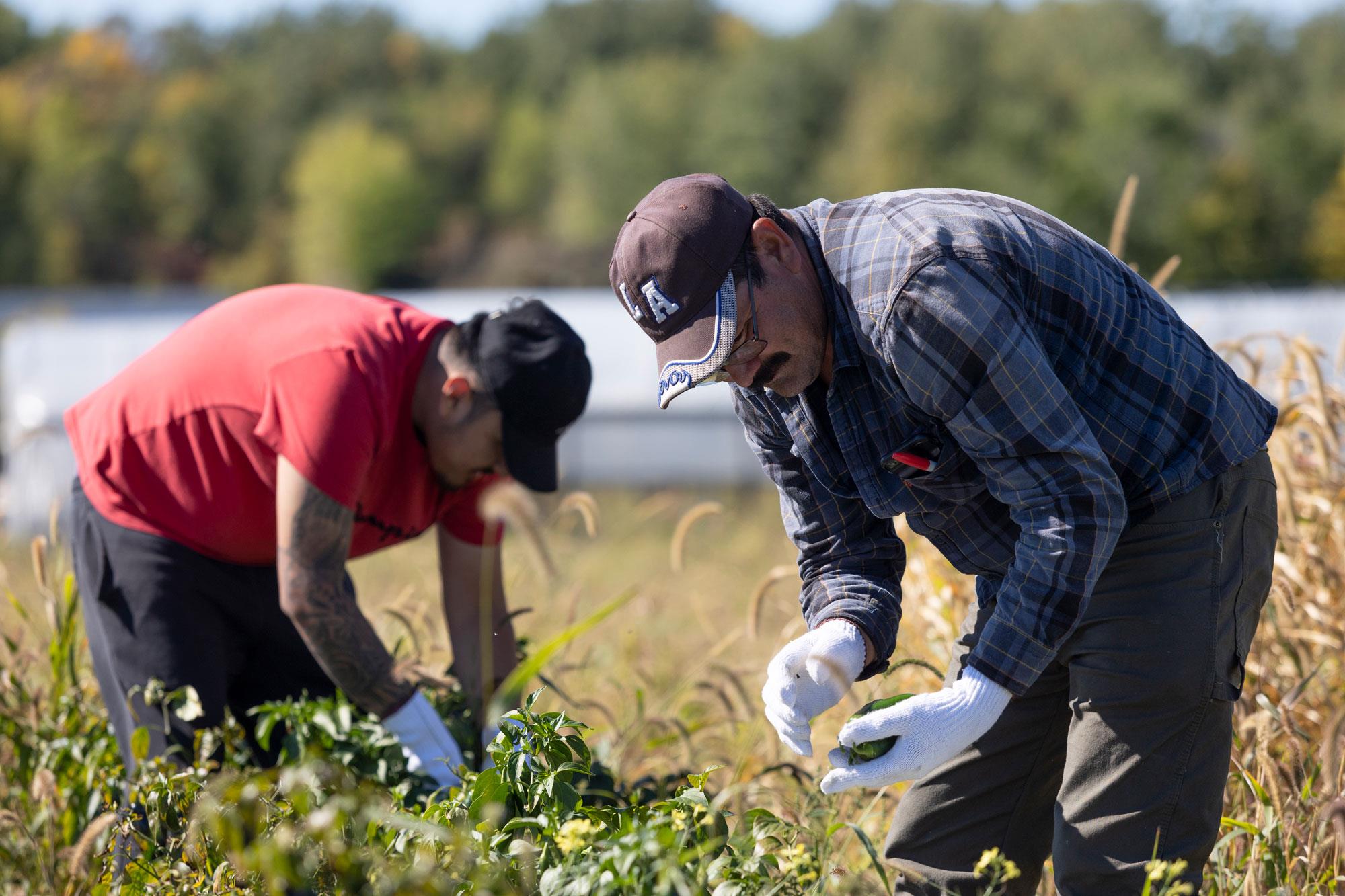Home>Gardening Basics>Understanding Soil>What Zone Is Washington State For Planting


Understanding Soil
What Zone Is Washington State For Planting
Modified: January 22, 2024
Learn about understanding soil and what zone Washington State is for planting. Get insights and tips for successful gardening in this region.
(Many of the links in this article redirect to a specific reviewed product. Your purchase of these products through affiliate links helps to generate commission for Chicagolandgardening.com, at no extra cost. Learn more)
Table of Contents
Introduction
Welcome to Washington State, a place known for its diverse landscapes and lush vegetation. Whether you’re an avid gardener or just starting out on your green thumb journey, understanding the importance of planting in the right zone is crucial for successful gardening. But what exactly are plant hardiness zones and how do they affect your gardening endeavors?
Plant hardiness zones, also known as growing zones, are geographical regions that classify the climatic conditions of a particular area. These zones serve as a guide to determine which plants can thrive in specific environments based on average minimum winter temperatures. By knowing your plant hardiness zone, you can select plants better suited for your region and increase your chances of a flourishing garden.
Choosing the right plants for your growing zone is vital because each plant has different temperature and climate preferences. Planting outside of your zone can result in plants being unable to withstand the extremes of cold or heat, leading to poor growth or even death. By understanding the unique characteristics of each zone, you can optimize your gardening efforts and ensure healthier, more resilient plants.
Now, let’s delve into determining Washington State’s planting zone and the factors that influence it. By unraveling the mystery behind Washington State’s unique climate and growing conditions, we can explore suitable plant choices that will thrive in this beautiful region.
Understanding Plant Hardiness Zones
Plant hardiness zones play a vital role in gardening, providing invaluable information about the suitability of plants for specific regions. The United States Department of Agriculture (USDA) has divided the country into 13 different zones based on average minimum winter temperatures. This classification system allows gardeners and horticulturists to determine the types of plants that can survive and thrive in their respective areas.
The zones are defined by a range of temperatures, typically spanning 10 degrees Fahrenheit (5.6 degrees Celsius). Zone 1 represents the coldest areas with average minimum temperatures below -50 degrees Fahrenheit (-45.6 degrees Celsius). On the other hand, Zone 13 includes areas with average minimum temperatures above 60 degrees Fahrenheit (15.6 degrees Celsius).
It’s important to note that plant hardiness zones are not the only factor to consider when selecting suitable plants for your garden. Other factors, such as soil type, precipitation, humidity levels, and sunlight exposure, also play a significant role in determining plant success. However, the hardiness zone provides a fundamental baseline for understanding a plant’s cold tolerance and overall adaptability to its environment.
Additionally, plant hardiness zones are not static and can change over time. Factors such as climate change, microclimates, and urbanization can impact the overall temperature of an area, potentially shifting its hardiness zone. It’s essential to stay updated with the latest hardiness zone maps and seek local gardening resources to ensure you make informed choices for your specific location.
By understanding plant hardiness zones, you can make more informed decisions when selecting plants for your garden. You can consider factors such as average minimum temperatures, the hardiness of specific plant species, and the ideal growing conditions they require. Ultimately, this knowledge empowers you to create a garden that thrives and brings you joy throughout the changing seasons.
The Importance of Planting in the Right Zone
Planting in the right zone is crucial for the success and longevity of your garden. It ensures that your plants have the best chance of thriving and reaching their full potential. Here’s why planting in the right zone is so important:
Suitability: Different plants have different temperature and climate preferences. By planting in the appropriate zone, you select plants that are well-suited to the specific conditions of your region. This will significantly increase the chances of your plants adapting and thriving in their environment, leading to healthier and more beautiful gardens.
Cold and Heat Tolerance: One of the primary factors considered in plant hardiness zones is average minimum winter temperatures. When you plant species that are not cold-hardy in a zone with harsh winters, they may suffer from frost damage or even die. On the other hand, planting heat-sensitive species in a zone with scorching summers can lead to heat stress and poor growth. By understanding your zone’s temperature range, you can choose plants that can withstand the local climate.
Maximizing Resources: Planting in the right zone allows you to optimize the resources available to you. Plants that are adapted to your zone are more likely to thrive with minimal intervention, reducing the need for excessive watering, fertilizers, or pest control measures. This not only saves you time and effort but also promotes sustainable gardening practices.
Greater Variety: Each hardiness zone has a unique set of environmental conditions that support the growth of specific plants. By planting in the right zone, you have access to a wider range of plant options that are not only beautiful but also have a higher chance of success. This allows you to create a diverse and visually enticing garden.
Environmental Conservation: Planting in the right zone also contributes to environmental conservation efforts. By selecting plants that are well-adapted to your local conditions, you reduce the risk of introducing invasive species or non-native plants that can disrupt local ecosystems. Planting native or regionally adapted species can support local biodiversity and help maintain a healthy ecosystem.
Overall, planting in the right zone ensures that your garden thrives, conserves resources, and contributes to the overall health of the environment. By understanding and respecting your hardiness zone, you can create a sustainable and vibrant garden that brings you joy for years to come.
Determining Washington State’s Planting Zone
Washington State, with its diverse climates and varying topography, is divided into different plant hardiness zones. These zones provide essential information for gardeners in the region, helping them select and care for plants that are best suited to their specific area. Determining Washington State’s planting zone involves considering various factors:
USDA Hardiness Zone Map: The United States Department of Agriculture (USDA) has developed a plant hardiness zone map, which serves as a standard reference for determining planting zones across the country. The USDA Hardiness Zone Map divides the country into zones based on average annual minimum temperatures. Washington State spans multiple zones, ranging from Zone 4b in the northeastern region to Zone 9a in the southernmost parts.
Elevation: Elevation plays a significant role in determining planting zones within Washington State. As you move higher in elevation, temperatures tend to decrease, resulting in colder growing conditions. This means that higher elevation areas often have lower planting zones compared to lower elevation areas within the same region.
Microclimates: Washington State is known for its microclimates, which are localized climate conditions that differ from the surrounding area. Factors such as proximity to water bodies, hills, or forests can create unique microclimates with variations in temperature, precipitation, and sunlight exposure. These microclimates can influence the actual growing conditions and may result in slight variations in planting zones within specific areas.
Regional Climate: Washington State experiences a diverse range of climates, from the temperate coastal regions to the continental climates of the east. These regional climatic differences contribute to variations in planting zones across the state. The western coastal areas generally have milder winters and higher average minimum temperatures, while the eastern regions experience colder winters and lower average minimum temperatures.
Local Knowledge and Resources: Consulting local gardening resources, such as local nurseries, gardening clubs, or extension offices, can provide valuable insights into the specific planting zones within your area. Local experts have a deep understanding of the unique conditions and can provide guidance on suitable plant choices and growing practices for your region.
While the USDA Hardiness Zone Map provides a valuable starting point, it is essential to consider the factors mentioned above to determine the specific planting zone within Washington State. By understanding your planting zone, you can confidently select plants that are well-adapted to your region’s unique climate and growing conditions.
Factors Affecting Washington State’s Planting Zone
Washington State’s diverse climate and topography are influenced by various factors, which in turn affect its planting zones. Understanding these factors is essential for gardeners looking to make informed decisions about plant selection and care. Here are some of the key factors influencing Washington State’s planting zone:
Geographical Features: Washington State is characterized by a range of geographical features, such as mountains, valleys, plateaus, and coastal regions. These features contribute to variations in temperature, precipitation, and microclimates within the state. For example, the Cascade Mountain Range creates a rain shadow effect, resulting in drier conditions in the eastern part of the state.
Temperature Extremes: Washington State experiences a wide range of temperatures across its various regions. The western coastal areas have milder winters and cooler summers due to moderation from the Pacific Ocean. In contrast, the eastern parts, especially the inland regions, have colder winters, hotter summers, and larger temperature fluctuations throughout the year.
Precipitation Patterns: Precipitation patterns significantly influence the availability of water for plants. Western Washington receives higher annual rainfall, particularly along the coastal areas and in the Olympic Peninsula. Eastern Washington, on the other hand, is more arid and prone to drought conditions due to its location in the rain shadow of the Cascade Mountains.
Wind Exposure: Wind exposure can impact plant growth and survival, particularly in regions with strong winds. Coastal areas in Washington State, for example, may experience strong coastal breezes that can affect plant selection and establishment. Inland regions may have different wind patterns, influenced by topography and geographic features.
Soil Composition: Different regions of Washington State have varying soil types, ranging from rich, fertile soils to rocky and sandy soils. Soil composition influences water retention, drainage, and nutrient availability, which can impact plant growth. Understanding your specific soil type is important for selecting plants that are well-suited to those conditions.
Native Plant Species: The natural vegetation and native plant species within a region can provide insights into the suitability of different plants for that area. Native plants are typically adapted to the local climate, rainfall patterns, and soil conditions. Incorporating native plants into your garden can help create a more sustainable and resilient ecosystem.
Climate Change: Climate change is an ongoing global phenomenon that is affecting the world’s climates, including Washington State. Rising temperatures, changing precipitation patterns, and shifting weather extremes can impact planting zones over time. It is important to stay informed about the latest research and trends in climate change to make appropriate adjustments to your gardening practices.
By considering factors such as geographical features, temperature extremes, precipitation patterns, wind exposure, soil composition, native plant species, and climate change, you can gain a better understanding of the complex factors that influence Washington State’s planting zones. This knowledge will enable you to make informed decisions about plant selection, care, and garden design to create a thriving and beautiful landscape.
Recommended Plants for Washington State’s Planting Zone
Washington State offers a wide range of possibilities for gardeners, with its varied climates and diverse plant species. When selecting plants for your garden in Washington, it’s important to consider the specific planting zone of your region. Here are some recommended plants that thrive in different zones within Washington State:
Zone 4: In the northeastern part of Washington, Zone 4 experiences cold winters and relatively short growing seasons. Recommended plants for this zone include hardy perennials like Siberian iris, Shasta daisies, lupines, and various ornamental grasses. Cold-hardy fruit trees such as apple, cherry, and plum can also be successfully grown in Zone 4.
Zone 5: Zone 5 covers much of central and eastern Washington, where winters can be quite cold. Popular plant choices for this zone include flowering shrubs like forsythia, lilacs, and hydrangeas. Perennial favorites such as hostas, daylilies, and coneflowers also thrive in Zone 5. For fruit enthusiasts, raspberry and currant bushes can be successful additions to the garden.
Zone 6: The Puget Sound region and parts of southwestern Washington fall into Zone 6. This zone enjoys milder winters and moderate summer temperatures. Rhododendrons, azaleas, and camellias are excellent choices for adding vibrant color to Zone 6 gardens. Herbaceous perennials like phlox, asters, and ornamental grasses also do well in this zone. For fruit lovers, blueberry bushes and certain varieties of apples and pears are recommended.
Zone 7: Coastal areas and parts of southern Washington fall into Zone 7. This zone benefits from mild winters and warm summers. Popular plant choices for Zone 7 include lavender, rosemary, and other Mediterranean herbs. Ornamental grasses like Miscanthus and Japanese maples can add visual interest to the landscape. Berry bushes such as strawberries and blackberries can thrive in Zone 7 gardens.
Zone 8: The southwestern part of Washington, including the Seattle area, falls into Zone 8. This zone enjoys mild winters and warm summers. Recommended plants for Zone 8 include ornamental flowers like tulips, daffodils, and daisies. Perennial favorites such as peonies, geraniums, and salvias thrive in Zone 8 gardens. Fruiting plants like figs, grapes, and certain varieties of citrus trees can also be successfully grown in Zone 8.
These are just a few examples of plants that thrive in different zones within Washington State. It’s important to research and select plants that are well-suited to the specific conditions of your zone, including temperature ranges and rainfall patterns. Consider factors such as sun exposure, soil type, and water requirements when choosing plants for your garden to ensure their success and vitality.
Consulting with local nurseries, garden clubs, or extension offices can provide valuable insights into plant varieties that have proven successful in your specific region. By selecting appropriate plants for your planting zone in Washington State, you can create a stunning and thriving garden that brings joy and beauty throughout the year.
Conclusion
Gardening in Washington State is a delightful journey that requires a solid understanding of plant hardiness zones and their implications. By recognizing and respecting the unique characteristics of your planting zone, you set the foundation for a successful and thriving garden. Whether you are an experienced gardener or just starting out, considering the factors that influence Washington State’s planting zones is essential for selecting suitable plants and ensuring their long-term viability.
Understanding plant hardiness zones provides valuable insights into the temperature and climate preferences of different plants. By planting in the right zone, you increase the likelihood of success, as plants are better adapted to the specific conditions of your region. This not only optimizes the use of resources but also promotes sustainable gardening practices and helps conserve the environment.
Factors such as elevation, microclimates, regional climate patterns, soil composition, and native plant species all play a role in determining Washington State’s planting zones. By considering these factors, you gain a deeper understanding of the complexity and diversity of the state’s climates and can make informed decisions when selecting plants for your garden.
Furthermore, recommended plants for different planting zones within Washington State offer a starting point for selecting suitable varieties. However, it’s important to research and consult with local resources to ensure you choose plants that are well-suited to your specific conditions and gardening goals.
So, as you embark on your gardening journey in Washington State, take the time to explore your planting zone, consider the factors affecting it, and select plants that are best suited to your unique conditions. With proper planning and care, your garden will thrive, bringing you joy and beauty throughout the seasons.

